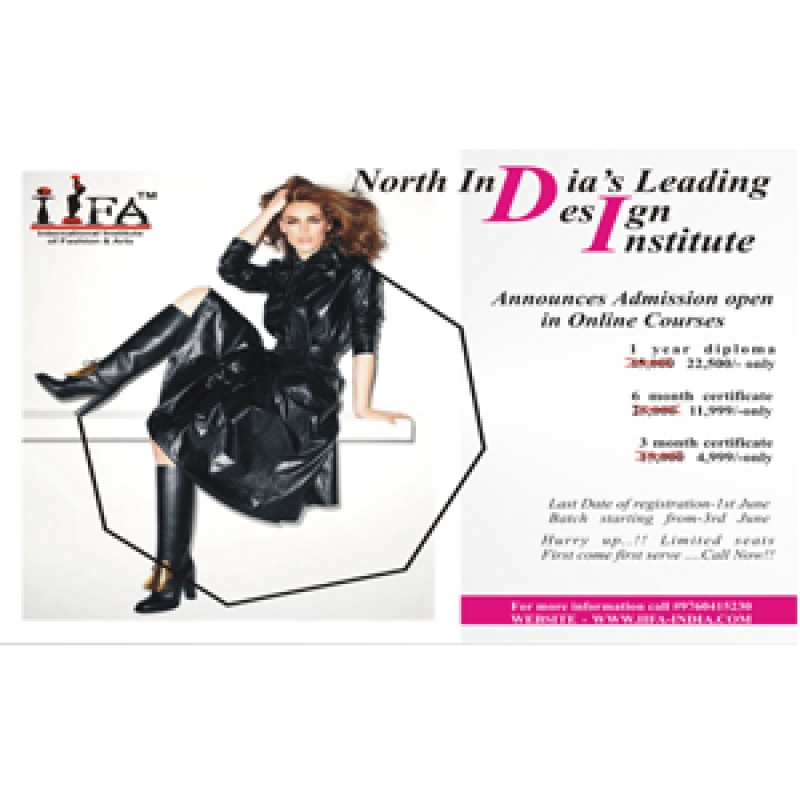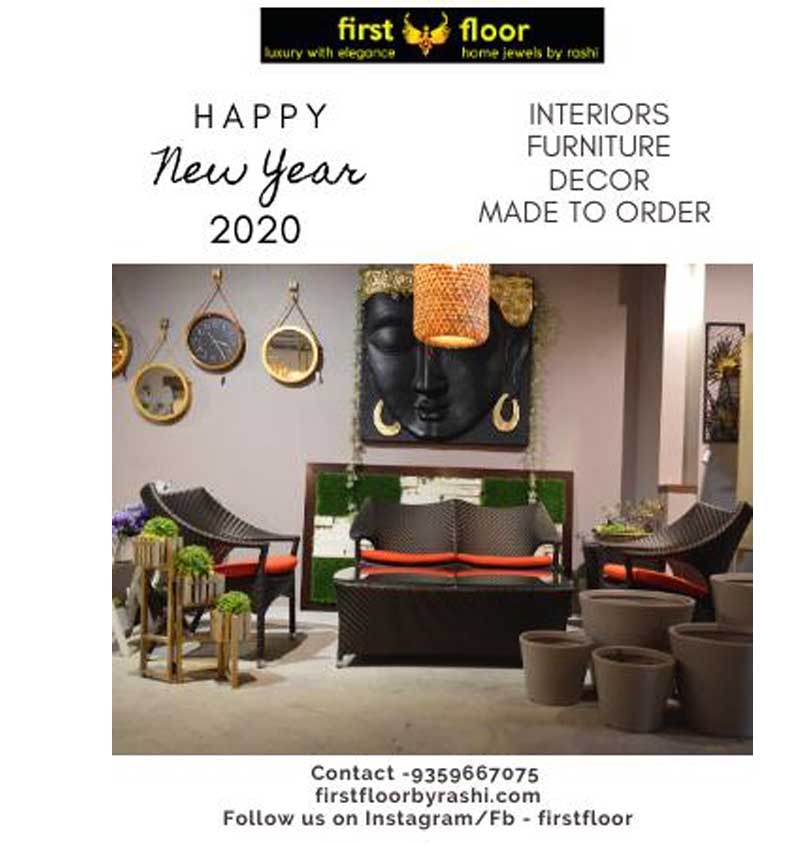The Birth of Fashion Magazines
Fashion magazines have been around for centuries, but the modern format truly began to take shape in the late 19th and early 20th centuries. Publications like Vogue and Harper’s Bazaar, which began as publications focused on general lifestyle, began focusing specifically on fashion, offering a platform for designers to showcase their collections and ideas. These magazines became essential in helping the public access the often inaccessible world of haute couture. They allowed everyday readers to tap into the glamour and sophistication of the fashion elite, sparking the democratization of style.
By the mid-20th century, magazines like Elle, Vogue, and Cosmopolitan became more than just style bibles—they were conduits for the lifestyle that surrounded fashion. Not only did they influence what readers wore, but they also began setting the tone for broader societal trends, including beauty standards, body image, and even social politics.
Shaping Trends and Influencing Culture
One of the most powerful roles of fashion magazines is their ability to forecast and define trends. Through editorials, photo shoots, and style columns, magazines have the unique ability to highlight emerging designers and showcase the pieces they believe will be important in the coming seasons. This process has allowed magazines to dictate the direction of fashion by promoting certain looks, colors, and silhouettes to the masses.
In addition to setting trends, magazines play an integral part in shaping the cultural conversation around fashion. They have been key in pushing the boundaries of what is considered beautiful or fashionable. For instance, Vogue's iconic cover featuring a plus-size model or Elle’s editorial on sustainability can influence shifts in consumer behavior. By promoting diversity in body types, racial representation, and environmental consciousness, fashion magazines have a hand in creating a more inclusive and progressive fashion industry.
Fashion magazines also offer an exclusive look into the lives of the rich and famous, turning celebrities into fashion icons. This symbiotic relationship between magazines and celebrities has helped establish some of the most iconic fashion moments in history, such as Kate Moss on the cover of Vogue or Beyoncé's collaboration with Harper’s Bazaar. These images help build personal brands and promote the idea that fashion is a form of self-expression—a narrative that magazines have long championed.
The Digital Transformation of Fashion Magazines
With the rise of the internet and social media, the role of fashion magazines has transformed dramatically. Print sales have dwindled, and many magazines have pivoted to digital-first formats. This shift has given rise to online platforms like The Cut, Vogue Runway, and Teen Vogue that not only maintain their editorial tradition but also offer more interactive content. Social media platforms like Instagram, TikTok, and Pinterest have become indispensable tools for fashion magazines to engage with readers, showcasing real-time fashion news, trends, and styling tips.
While digital magazines no longer dominate the print space, their influence is arguably even greater now, due to the ability to instantly reach a global audience. Online platforms also offer a space for niche fashion communities to thrive. For example, platforms like Vogue Runway allow users to follow specific collections and brands, while social media influencers and fashion bloggers can now co-opt the editorial space traditionally reserved for magazine editors.
The rise of influencer culture also directly connects fashion magazines to the everyday person. Influencers, models, and content creators often collaborate with magazines to bring high fashion to a more attainable, everyday level. This has made fashion more democratic, as consumers now have more access to curated style ideas, DIY fashion tips, and personal looks from people they trust, outside of the glossy pages of traditional magazines.
Fashion Magazines as Business Models
Beyond just a platform for ideas, fashion magazines have become vital economic players in the fashion industry. Their ability to generate ad revenue from luxury brands, department stores, and e-commerce businesses makes them key to the marketing strategies of many fashion houses. A well-placed ad in a prestigious magazine like Vogue or W can elevate a brand’s prestige and reach a highly-targeted audience of affluent consumers.
Moreover, the rise of digital publishing has opened up new avenues for fashion magazines to generate revenue. Many magazines have expanded into e-commerce, where they curate exclusive collections, sell limited-edition items, and offer shopping guides directly on their websites. This convergence of fashion and business models has allowed magazines to remain relevant in a rapidly changing retail landscape.
Criticisms and Challenges
Despite their influence, fashion magazines are not without criticism. Their portrayal of beauty, body image, and lifestyle has often been criticized for promoting unrealistic ideals, particularly in their traditional print editions. The industry’s lack of diversity has been a major point of contention, and many fashion magazines have faced backlash for their underrepresentation of marginalized communities. However, over the last decade, many fashion magazines have made strides in promoting more diverse voices, and the digital era has opened doors for smaller, more inclusive publications to flourish.
The speed of the fashion industry has also posed a challenge to traditional magazine timelines. Magazines used to be the primary source for information on upcoming trends, but now the fashion cycle is dictated by Instagram posts and street style photos, forcing magazines to adapt quickly to a 24/7 news cycle. The changing landscape of fashion journalism has led to a new era of shorter, more digestible content, as opposed to the in-depth editorial pieces of the past.
Conclusion
Fashion magazines remain an integral part of the fashion world, though their role has evolved significantly in response to changing technology, culture, and consumer behavior. From trendsetters and cultural influencers to business powerhouses, these publications continue to play a vital role in shaping the way we view and engage with fashion. As the industry continues to change, it will be fascinating to see how magazines adapt to meet the needs of modern readers while continuing to influence the global conversation around style, beauty, and culture



















Your Message